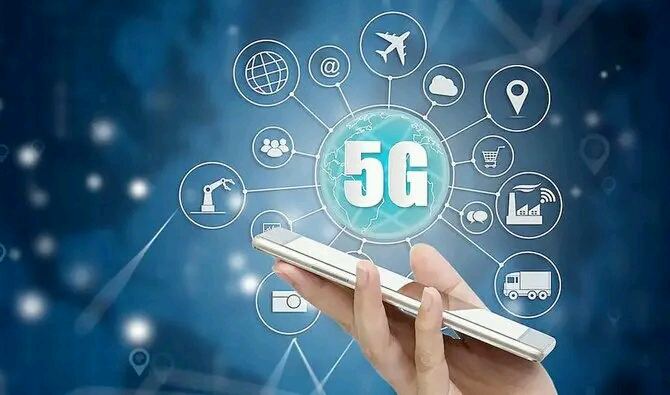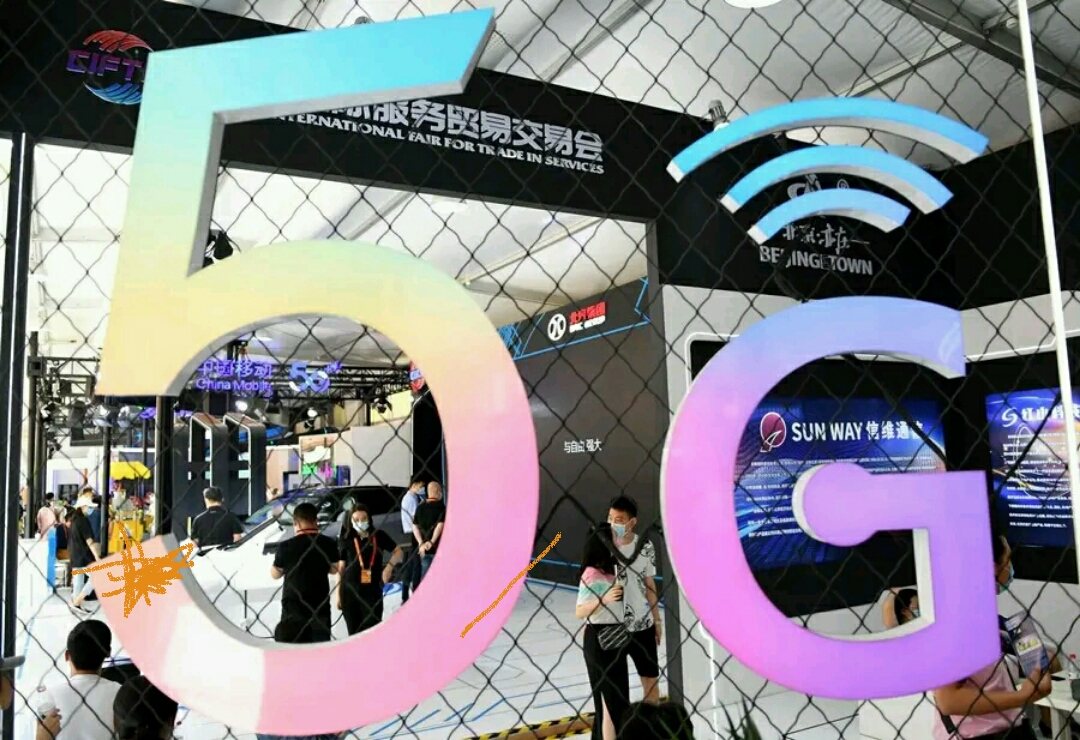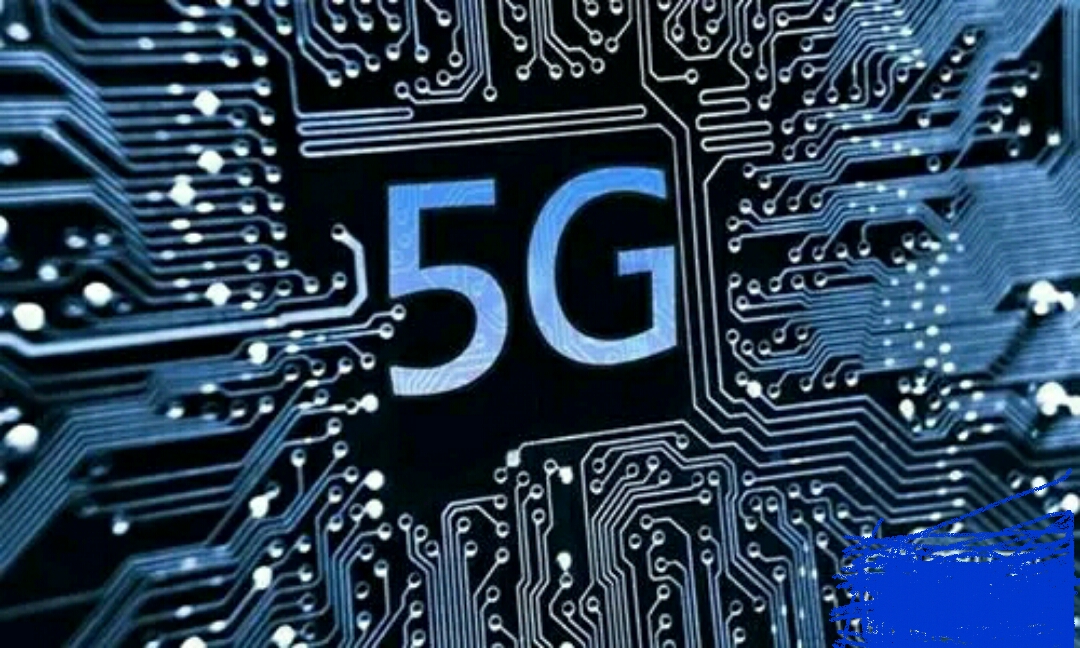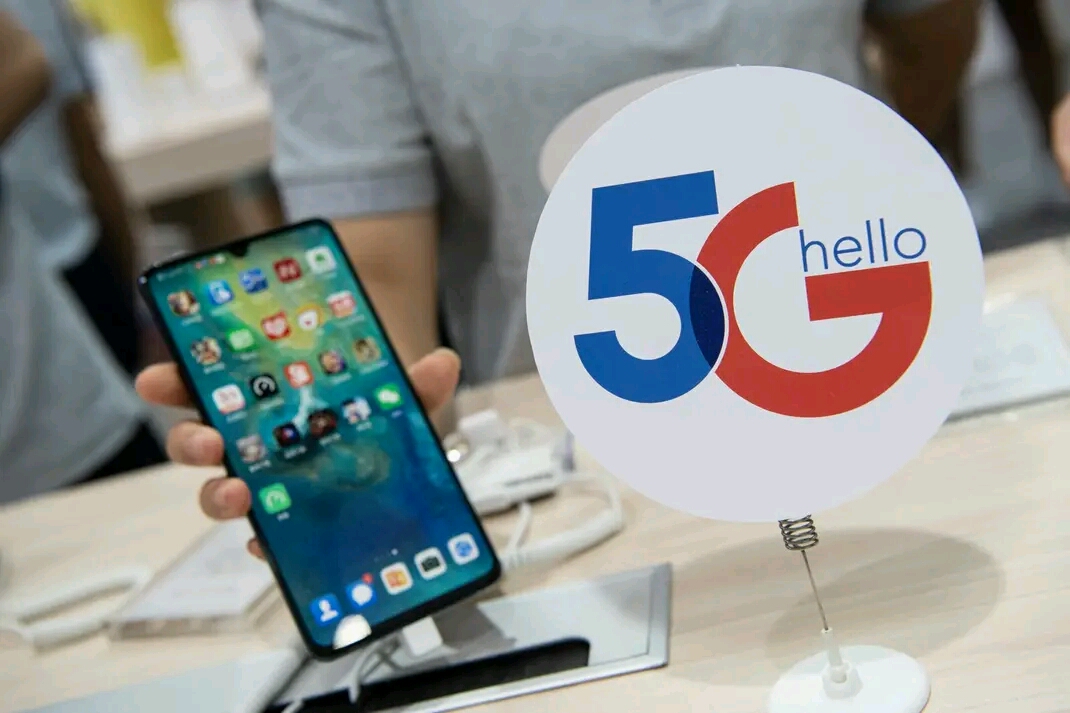5G Technology and its Implications: Revolutionizing Connectivity for a Smarter Future

5G Technology and its Implications: Revolutionizing Connectivity for a Smarter Future
Unlocking the Future: Exploring the Boundless Possibilities of 5G Technology
5G Technology and its Implications: The capabilities and potential applications of 5G networks, including faster internet speeds, IoT connectivity, and the development of smart cities.
Introduction:
The advent of 5G technology has sparked a wave of excitement and anticipation worldwide. As the fifth generation of wireless networks, 5G promises to bring unprecedented speed, capacity, and connectivity to the digital realm. This advanced network infrastructure not only enhances internet speeds but also enables a wide range of innovative applications.
In this article, we will explore the capabilities and potential implications of 5G networks, focusing on faster internet speeds, Internet of Things (IoT) connectivity, and the development of smart cities.
5G Technology and its Implications: Revolutionizing Connectivity for a Smarter Future

Faster Internet Speeds:
One of the most significant advantages of 5G technology is its capability to deliver exponentially faster internet speeds compared to its predecessor, 4G. With peak data rates reaching up to 20 Gbps, 5G enables lightning-fast downloads, seamless streaming, and real-time gaming experiences. This enhanced speed will have a profound impact on various sectors, including healthcare, entertainment, education, and transportation. For instance, medical professionals will be able to transmit large medical imaging files rapidly, allowing for remote diagnosis and consultation. Similarly, students will have access to immersive virtual learning experiences, while commuters can enjoy uninterrupted high-definition streaming on the go.
IoT Connectivity:
Another key implication of 5G technology lies in its ability to connect a vast number of devices through the Internet of Things (IoT). 5G networks offer ultra-low latency, high reliability, and massive device density, making them ideal for supporting IoT applications. This connectivity revolution opens up endless possibilities, where devices ranging from smartphones and wearables to household appliances and autonomous vehicles can seamlessly communicate with each other. For instance, smart homes equipped with 5G connectivity can enable remote control of appliances, real-time energy monitoring, and enhanced security systems. In industries, IoT-enabled sensors and devices can optimize processes, improve efficiency, and enable predictive maintenance.

Development of Smart Cities:
5G networks serve as a catalyst for the development of smart cities, where the integration of various technologies enhances the quality of urban life. With its high-speed, low-latency connectivity, 5G provides the foundation for smart city infrastructure. For instance, it enables real-time monitoring and control of critical infrastructure, such as traffic management, energy grids, and waste management systems. Additionally, 5G-powered smart city applications can enhance public safety through the implementation of advanced surveillance systems and emergency response mechanisms. Furthermore, autonomous vehicles and intelligent transportation systems can rely on 5G to communicate seamlessly, paving the way for efficient and sustainable urban mobility.
Here are some additional points to further discuss the implications of 5G technology:
5G Technology and its Implications: Revolutionizing Connectivity for a Smarter Future

Enhanced Mobile Broadband:
5G technology brings significant advancements in mobile broadband, allowing for enhanced connectivity and improved user experiences. With increased network capacity, users can enjoy seamless browsing, video streaming, and app usage even in densely populated areas. This improvement is particularly beneficial for crowded events, stadiums, and urban environments where network congestion can often hinder performance. The increased bandwidth of 5G also supports the proliferation of high-quality content such as 4K and 8K video streaming, augmented reality (AR), and virtual reality (VR) applications.
Edge Computing and Real-Time Processing:
5G networks facilitate the implementation of edge computing, a paradigm where computing resources are brought closer to the network edge, enabling real-time processing and reduced latency. By processing data at the edge of the network, rather than relying on distant data centers, 5G enables faster response times for critical applications. This capability is crucial for emerging technologies like autonomous vehicles, remote surgery, and industrial automation. Edge computing powered by 5G enhances the reliability and efficiency of these applications, enabling faster decision-making and reducing dependency on centralized infrastructure.

Industry 4.0 and Smart Manufacturing:
5G technology plays a vital role in the implementation of Industry 4.0, the fourth industrial revolution characterized by the integration of automation, IoT, data analytics, and artificial intelligence (AI) in manufacturing processes. The high-speed, low-latency connectivity provided by 5G enables real-time data exchange between machines, sensors, and control systems. This facilitates intelligent manufacturing systems, where machines can communicate, collaborate, and optimize operations autonomously. Smart factories powered by 5G can achieve higher productivity, reduced downtime, predictive maintenance, and improved supply chain management.
Remote Work and Telemedicine:
The COVID-19 pandemic accelerated the adoption of remote work and telemedicine, and 5G technology further enhances these practices. With faster and more reliable connectivity, remote workers can collaborate seamlessly, access cloud-based applications, and participate in high-quality video conferences. Telemedicine, enabled by 5G, allows healthcare professionals to remotely monitor patients, conduct virtual consultations, and share medical data in real-time. This advancement is particularly beneficial in rural or underserved areas where access to quality healthcare is limited.
Enhanced Emergency Services:
5G technology brings significant improvements to emergency services and public safety. With low latency and high bandwidth, emergency response systems can transmit and receive real-time data more efficiently. First responders can access critical information, such as live video feeds, maps, and patient data, in real-time, enabling faster and more effective emergency interventions. Furthermore, 5G-enabled drones can be deployed for emergency situations, providing aerial surveillance, delivering medical supplies, and assisting in search and rescue operations.
Enhanced Virtual and Augmented Reality:
5G technology paves the way for enhanced virtual reality (VR) and augmented reality (AR) experiences. The high-speed and low-latency connectivity of 5G networks enable seamless streaming and interaction with immersive content. This has significant implications for various industries, including gaming, entertainment, education, and training. With 5G, users can enjoy high-fidelity VR gaming experiences, stream AR content in real-time, and participate in interactive virtual classrooms or remote training sessions. The deployment of 5G networks unlocks the potential for more immersive, engaging, and realistic virtual experiences.
Precision Agriculture:
The agricultural sector can benefit greatly from the implementation of 5G technology. With IoT sensors, drones, and autonomous vehicles connected through 5G networks, farmers can optimize their operations, improve crop yields, and reduce resource wastage. Real-time data collection and analysis can enable precision agriculture techniques such as soil monitoring, automated irrigation systems, and crop health assessment. 5G connectivity ensures that farmers have access to timely and accurate information, enabling them to make data-driven decisions and increase the efficiency and sustainability of their practices.
Enhanced Energy Management:
The development of smart grids and energy management systems is another implication of 5G technology. By leveraging 5G’s high-speed connectivity, utility companies can monitor and manage energy consumption in real-time. Smart meters and sensors can collect data on energy usage, enabling precise monitoring, billing, and load balancing. Additionally, 5G-powered IoT devices can facilitate efficient energy distribution and integration of renewable energy sources. Smart grids powered by 5G technology can enhance energy efficiency, reduce costs, and contribute to a more sustainable energy infrastructure.
SEE ALSO : 10 Sure Ways to Make Money While Sleeping in 2023
Improved Public Transportation:
5G technology can significantly enhance public transportation systems, leading to improved efficiency, safety, and user experiences. With 5G connectivity, transportation networks can implement real-time monitoring and optimization of traffic flow, enabling smarter routing and reduced congestion. Public transportation vehicles can be equipped with IoT sensors and connected systems that provide real-time information to passengers, such as accurate arrival times and seat availability. Moreover, 5G-enabled vehicle-to-vehicle (V2V) and vehicle-to-infrastructure (V2I) communication can enhance road safety by enabling vehicles to exchange information and coordinate actions in real-time, helping to prevent accidents and optimize traffic flow.
SEE ALSO : Unleashing the Power of IoT: Transforming Homes Cities and Industries
Conclusion:
The implications of 5G technology go beyond faster internet speeds, touching various aspects of our lives and industries. From enhancing virtual and augmented reality experiences to revolutionizing agriculture, energy management, and public transportation, 5G’s capabilities unlock a world of opportunities. With its high-speed connectivity, low latency, and massive device density, 5G networks empower innovations and advancements that have the potential to transform how we live, work, and interact. As 5G technology continues to evolve and expand, we can anticipate further groundbreaking applications and a future where connectivity enables a truly connected and intelligent world.
Comments are closed.